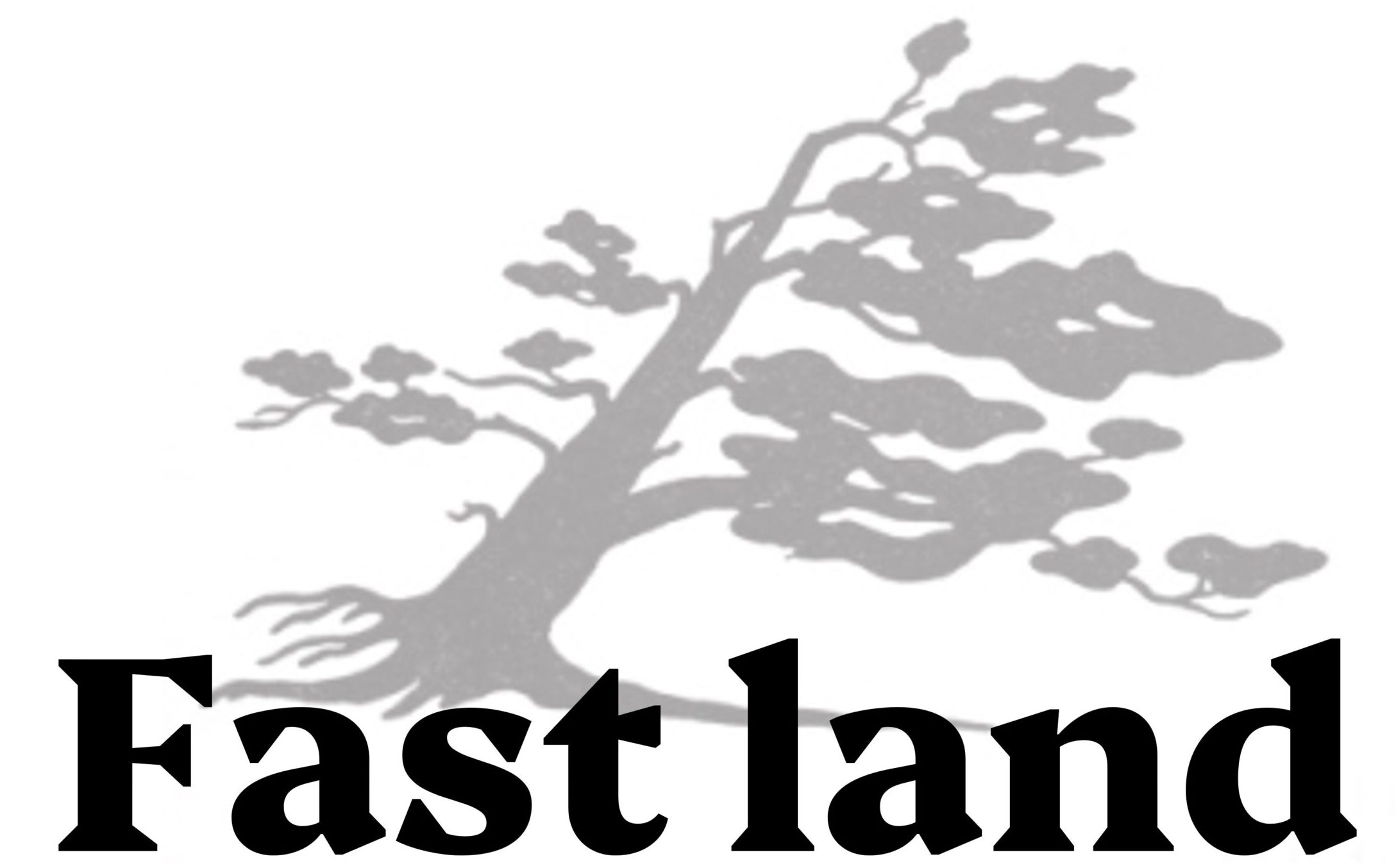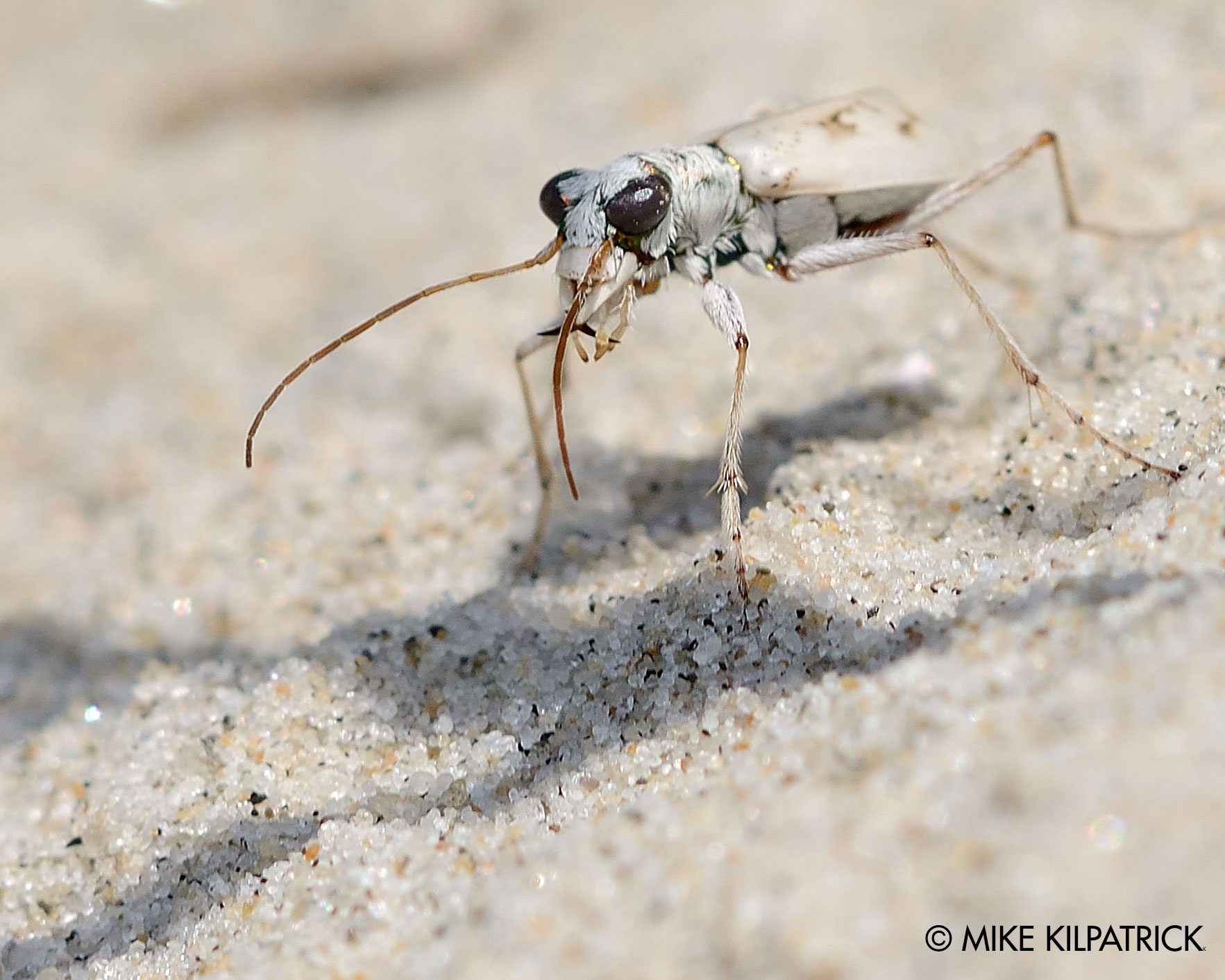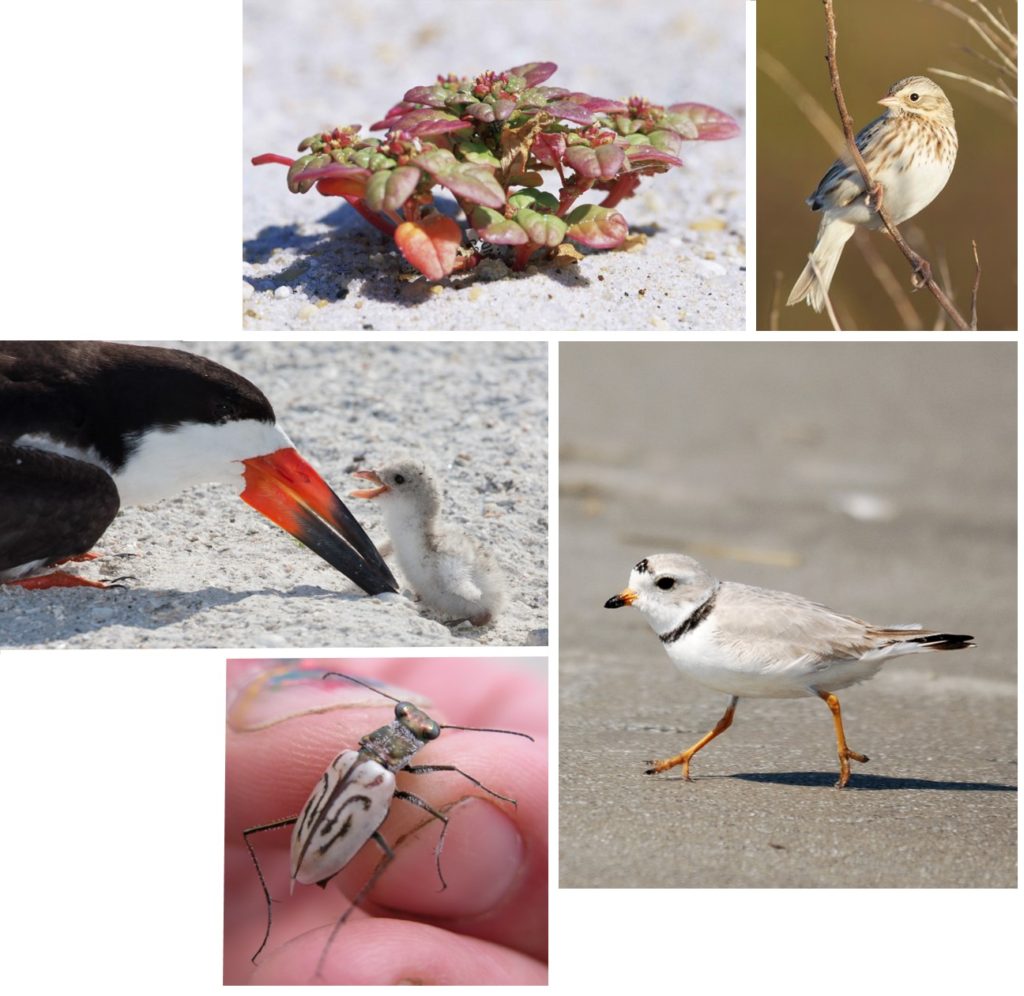
Some of my recent work has focused on understanding the ecology of under-studied coastal species such as Ipswich sparrows and tiger beetles. Thinking about how to manage for these species as well as beach nesting birds has led to the realization that all of these species need storms, tides and winds to re-work their habitats occasionally to ensure that these habitats remain suitable.
For example, piping plover and dune ghost tiger beetle thrive in areas where storms breach dunes to create sparsely vegetated areas that both species prefer for egg laying. Colonial breeding skimmers and terns also prefer sparsely vegetated areas.
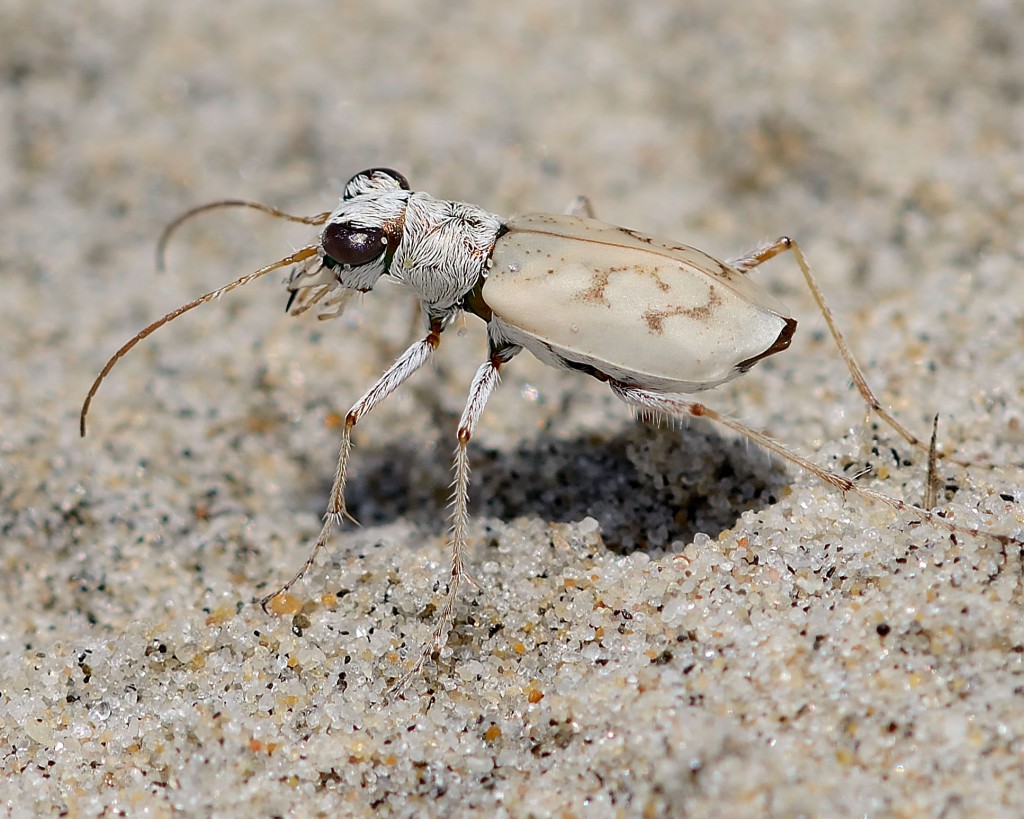
“Disturbance” unfortunately has a dual meaning when it comes to managing beach-dependent wildlife. The meaning that might immediately come to mind is human disturbance, in which beach-going people infringe on the ability of wildlife to meet their own needs.

Here I am writing about habitat disturbance caused by natural processes that set back habitat succession.
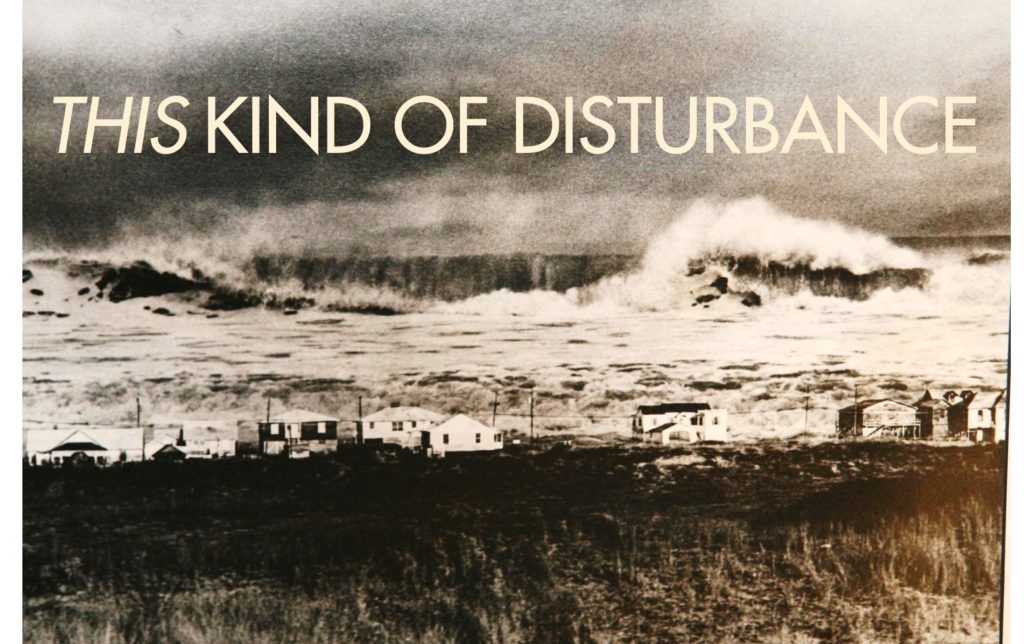
We are more familiar with habitat succession on land, where an old field might transition into a shrubland and ultimately to forest. We are equally familiar with the idea that fields and shrublands are essential habitat for some species, and that “disturbance” is needed to maintain such habitats.
In an undeveloped coastal landscape, habitats take care of themselves as they are constantly reworked by disturbances large and small.
